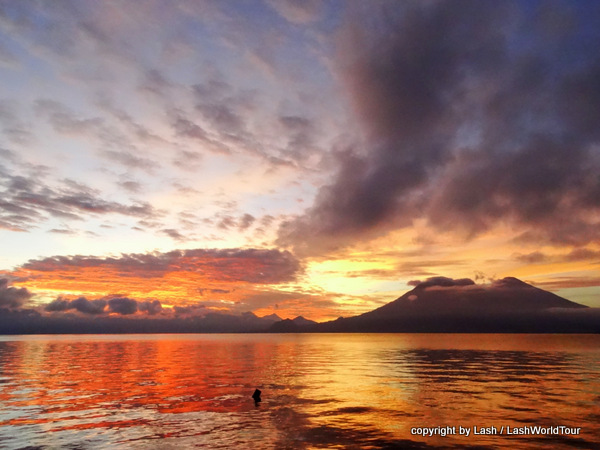
Sunrise at Lake Atitlan – Guatemala
10 Advanced Photography Techniques and Habits I Use
This summer I immersed myself in two intensive travel photography courses at Matador U Travel Media School. Mat U is the educational branch of Matador Network, which is the world’s largest independent travel publication, with over 12 Million unique monthly visitors. That is HUGE!
Even though I’ve been shooting photos in manual mode for many years and have had my photos published in several online and print magazines, the Matador U courses taught me so much that they’ve taken my photography up to the next level…or maybe even up two or three levels, considering the advanced editing skills I’ve also incorporated into my work.
I wrote more about my Fundamental Photography Course here and the Advanced Course here. If you’re interested in improving your own photography, check out my personal reviews on the courses and consider joining one or both classes. I highly recommend them!
Soon after my courses I set out to explore Central America for the first time. As many of you already know, I’m currently traveling through Guatemala. This is also my first chance to incorporated my newly learned skills & techniques into my daily photography while traveling.
I immediately noticed that I’m doing many things differently now as an advanced photographer.
Here’s the run-down:
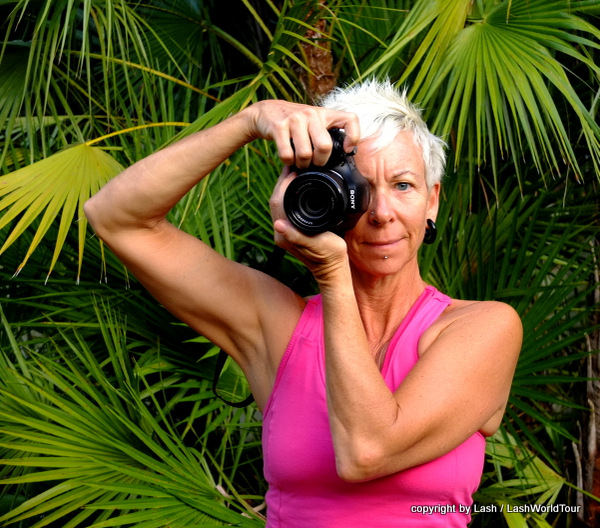 I upgraded my camera
I upgraded my camera
My first digital camera, Canon Power Shot SX100, took me quite far along the photographic path. I got comfortable with manual mode, greatly improved my composition skills and learned many important basic editing techniques.
But I had already started seeing the camera’s limits before I started the Matador U Courses. During the very first chapter of the Fundamental Course I could see that I absolutely needed to upgrade.
So I bought a new camera! Yeah!
I’m now shooting with Sony DX300, a high-end ‘bridge camera’. Technically it’s a ‘point and shoot’ camera since it cannot change lens. But it’s as close to a DSLR (lens changing) camera as you can get in terms of settings, functions, photo quality, sensor quality, lens quality and so on.
Main features include the Carl Zeiss lens, considered one of the best lenses in the world. The 50 x zoom lens capability. Shutter speed range of 1/3000 to 30”. That means it can shoot everything from super-macro close ups that clearly detail fibers on tree bark on one end to zoom that allows capturing a bird, flower or small animal from a very long distance.
It offers an amazing ISO 80-12,800 range. And it provides most other capabilities of professional DSLR cameras.
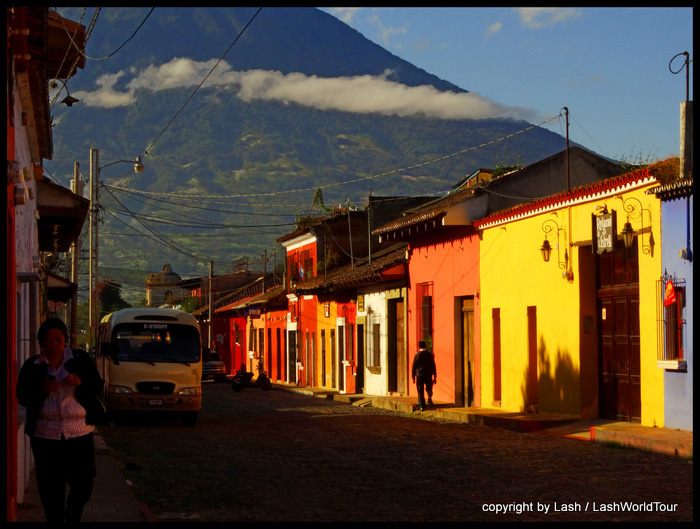
Antigua at sunrise with Volcan Agua
I automatically make note of best times for light whenever I arrive in a new location
A big part of excellent photography has to do with making use of/capturing the best light. Some photographers say it is ALL about capturing the best light. And the very best light happens in early mornings before/after sunrise and in the evenings before/after sunset. On the other hand, the worst light is midday on sunny days when bright sun creates harsh glare, deep shadows and washes out color.
I’ve known that for several years. But I’ve only made a point of photographing during best daylight hours on occasion. Not as a way of life. Until now.
On this trip, as soon as I arrived in my first destination – Antigua – I immediately started paying attention to which hours of the day provided the best light there. I’m talking as soon as my shuttle van rolled into town.
On my first day I noticed that in afternoons the best light was from about 3-4 or 4:30 pm. Quite early, really. That’s because Antigua is surrounded by volcanoes and mountains. The sun falls below the mountainous horizon much earlier than it would in a flat landscape.
On my first morning I got up for sunrise at 6 am. I then observed that the best light striking buildings and streets in Antigua town occurred between 6:30-8 or 8:30. Within 12 hours of arriving I knew when Antigua experiences the best light.
I’ve since visited Monterrico Beach and Lake Atitlan. Each time I arrive in a new location I start paying attention to which hours of the day provide the best light.
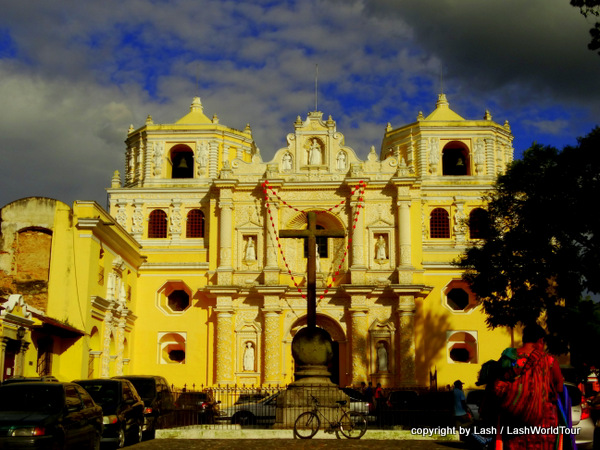
El Merced glowing in evening light – Antigua
I shoot only during best light conditions each day
Nowadays instead of occasionally making a point of shooting during best light conditions, that’s the only time I shoot. I’ve completely given up shooting in midday on sunny days. During overcast or dramatic weather conditions I might shoot midday, otherwise I use the middle of the day for other activities.
Overall I only shoot during the best 2-3 hours of light in the mornings and afternoons/evenings.
I plan my daily schedule around the best times to take photos
In fact, I now plan my daily schedules around taking photos. Here in Guatemala I get up at 5:30 am in order to catch the sunrise from some good vantage point or other. After the sun rises I spend the next 1-2 hours, depending on the light quality, shooting.
If I have enough time I also set aside the best afternoon/evening hours and sunset for photography.
I work everything else in my life around taking photos. To some extent that’s causing some re-shuffling of routines that I haven’t entirely worked out yet.
In particular, I used to get up early and immediately do yoga and meditation. Since photography has taken precedence, it’s hard to do all three of those important activies before breakfast. And I’m not as motivated for yoga and meditation after eating. I’ll have to work it out soon. I miss my exercise and internal focus time!
I use Aperture Priority Mode with Spot Metering Setting
Prior to my Matador U courses I shot almost exclusively in manual mode for several years.
In the Advanced Course I learned some advanced metering and focusing techniques. In particular, spot metering while in aperture priority mode has really expanded my exposure capabilities. It’s great for landscapes, sunrises and sunsets and any situation where there’s a big variation in light within one scene.
I now use aperture priority with spot metering at least 50% of the time that I’m shooting. I still like using manual mode too.
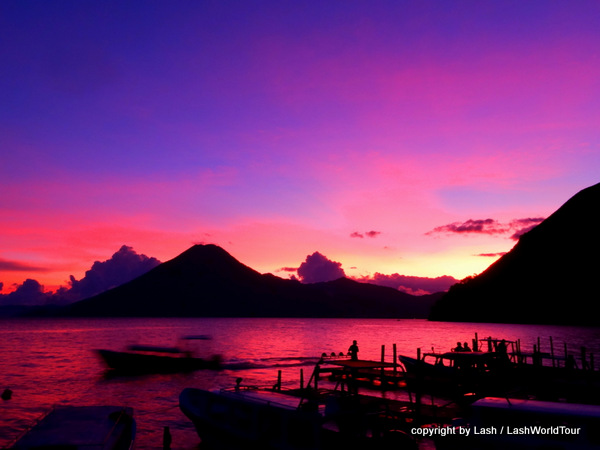
sunset at Lake Atitlan – Guatemala
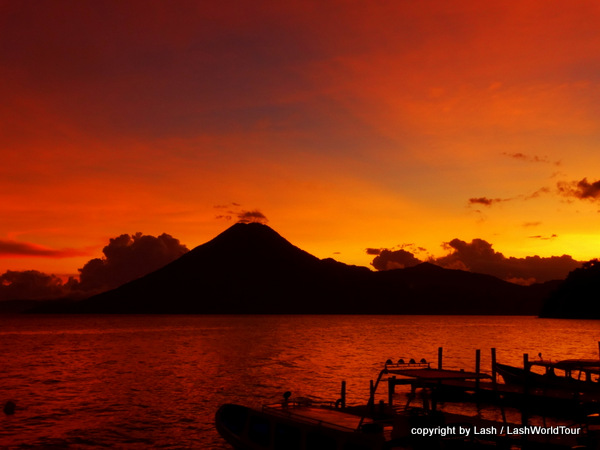
sunset 2 at Lake Atitlan
I regularly choose White Balance settings for various conditions
I learned about white balance settings in the Fundamentals Course. Since then I’ve made white balance setting selections a regular part of my photo shoots. It’s particularly interesting for shooting sunrises and sunsets. But changing white balance settings can also improve nature shots, macro and indoor photos.
I compose shots even more carefully
Over the years I’ve learned to compose more and more carefully. I’ve learned to cut out unwanted objects by changing positions, zooming or standing more closely to the subject. I’ve learned to make sure horizons are straight. I’ve been shooting with Rule of Thirds for several years. And using other basic composition skills.
But now I take even more care with getting my shots straight in terms of top/bottom tilt, right/left tilt and front/back tilt. I do a lot more single element/up close shots, whereby cutting out all other elements from the frame.
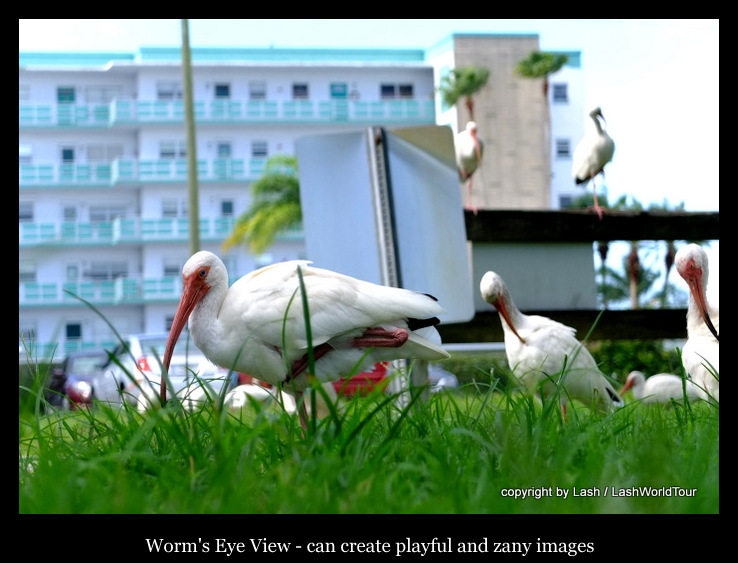 I regularly try many different angles for any given shot
I regularly try many different angles for any given shot
For years I’ve heard professional photographers say ‘try different and unusual perspectives’. But I rarely followed that advice…until a photo lab and few course exercises in my Matador U courses that specifically instructed us to try shooting a single object/scene from different angles. We had to shoot from above, from below, at high or low angles, straight on, tilted, zoomed in, standing closer or further away.
Those exercises were really fun and finally opened my awareness to the great effectiveness of trying out different angles and settings. It can make a huge difference.
So I’ve incorporated this into my photography on a regular basis.
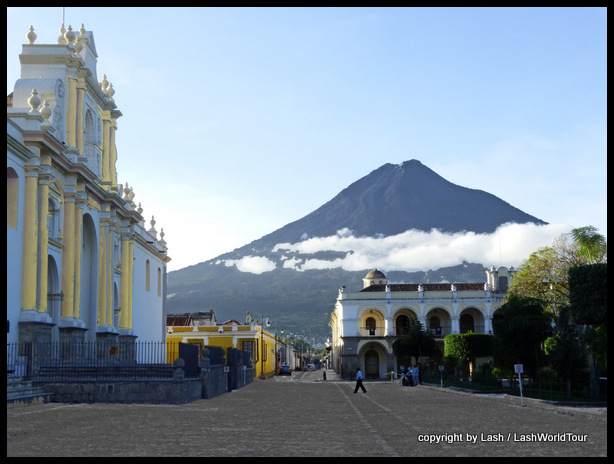
Antigua Central Plaza with Volcan Agua
I edit photos in Photoshop Elements
Matador U got me using Photoshop Elements editor. Wow, what a huge leap in editing capabilities from the more basic editor I’d been using until now.
The main difference is that basic editors can only edit entire images at a time. Photoshop editors allow photographers to edit specific areas and elements within an image separately. And that takes photography to another level.
I select my best shots then delete the others
Over the years I’ve taken 10s of thousands of photos while traveling. They’re all on my computer. My best photos, but also the average ones and the totally crappy ones. That adds up to thousands of photos that are marginally different from each other and which I will never, ever use. And that adds up to a lot of wasted storage space on my computer.
Before traveling I attempted to go through and delete the thousands of photos I’ll never use. It was such a time consuming task that I soon gave up.
But I was inspired to prevent even more photographic clutter on my computer. So now I have a new approach. I eliminate excess, unusable, mediocre and crappy photos as I shoot and then as I load them onto my computer. As much as possible I only keep the best shots as I go.
At some point I’ll still have to eliminate 10 years of unnecessary photos from my computer. Ugh. But at least I’m not adding further to that photo hording.
QUESTIONS:
Do you use any of these techniques or habits with your photography?
Which of these habits/techniques would you like to start including in your photo routine?
———————————-
Note: If you don’t have hundreds or even thousands of dollars to buy your own camera, you can always try to rent good quality DSLR cameras at Pittsburgh Camera Rentals or other companies with the same services near you. They offer rental services for quality DSLR cameras with a variety of lenses fit for your needs in documenting memories you had and capture places you’ve been to.
———————————-
You might also enjoy:
12 Views of Volcan Agua – Guatemala
Latest Skills from my Matador U Advanced Travel Photography Course
—————————————————————————————–








 Hi! I'm Lash, an American nomadic world traveler who's been traveling solo since 1998. I’m passionate about traveling the world nomadically and then sharing it all with you. I hope to inspire you to travel the world, to entertain you with tales from the road, and to help you reach your travel dreams. Welcome!
Hi! I'm Lash, an American nomadic world traveler who's been traveling solo since 1998. I’m passionate about traveling the world nomadically and then sharing it all with you. I hope to inspire you to travel the world, to entertain you with tales from the road, and to help you reach your travel dreams. Welcome! 




3 pings
Taking And Presenting Travel Photos Without Discarding Memories - LashWorldTour
2019/05/31 at 5:09 pm (UTC 8) Link to this comment
[…] and committing it to memory. There are simple ways to get around this effect. Combining this with some basic photography skills will give you great recall of your […]